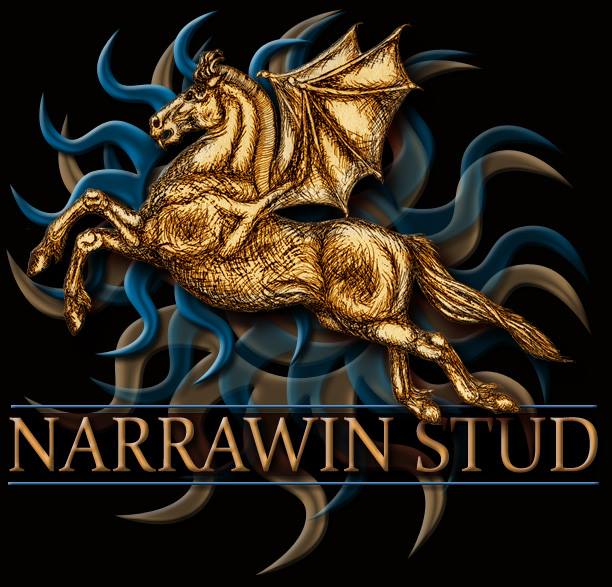An accidental collection of military saddles
#gear #Kings Horses #saddles #history #Light Horse
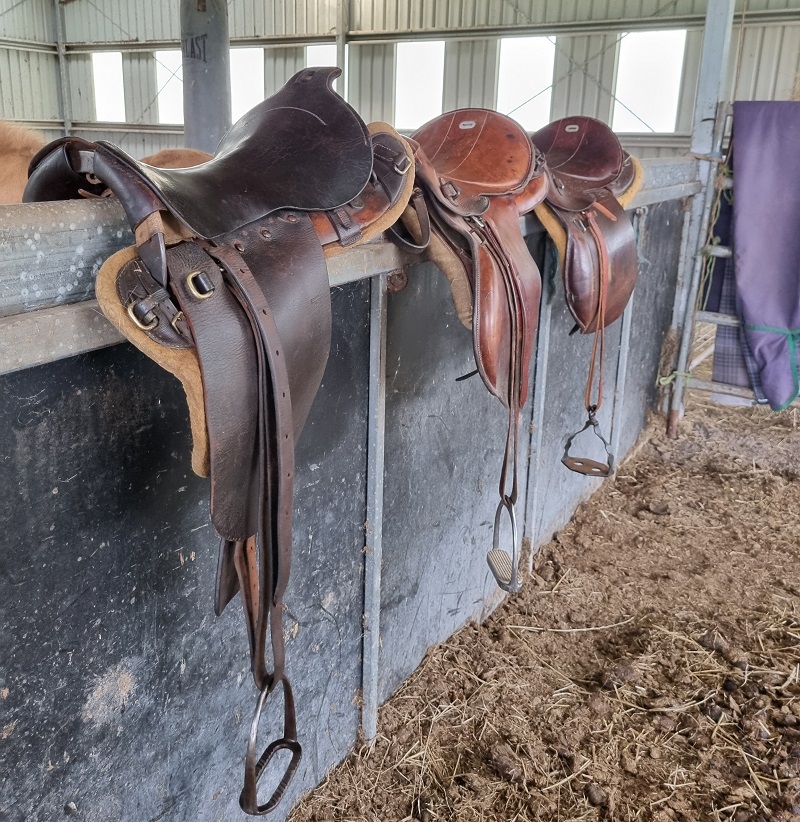
I didn’t set out to collect military saddles. No, really :-)
But when opportunity comes knocking, I’m willing to answer the door.
I’ve had two prior encounters with military saddles. My first one was in Germany in the Eighties, when I was given a German military saddle by an old farmer in Muerlenbach. I think it had been living in his attic. Anyway, it was the tree and the panels but it didn’t have a seat or flaps and I was told the leather was removed after the war to make shoes. So I kitted it out with an old sheepskin for a seat and flaps and put it to good use. It stayed in Germany when I came to Australia.
In the late Nineties, I was involved in some Light Horse reenactment in the Bega Valley. I took part in an Anzac Day parade in Bega, and another parade in the Bega Valley. Sadly, I could only afford a cheap saddle at the time and ended up with an Indian replica of a Universal Pattern saddle. It wasn’t very good and when I left there I gave it way or sold it cheap (can’t remember).
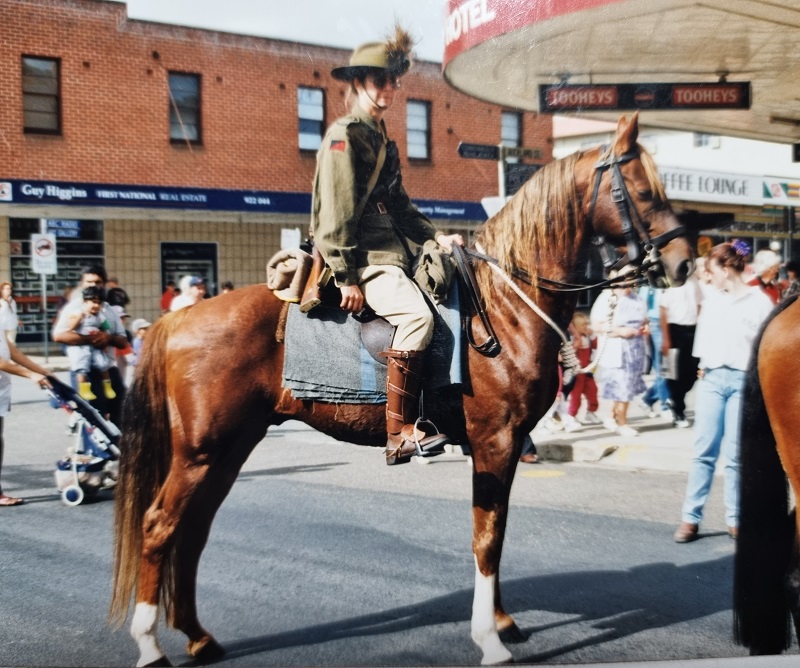
When I worked at OliVaylle in far western Victoria and was first exposed to Paso Finos, I realised that McClellan type saddles, the US army saddle variant, was often used, and I acquired a Florida made, good quality replica.
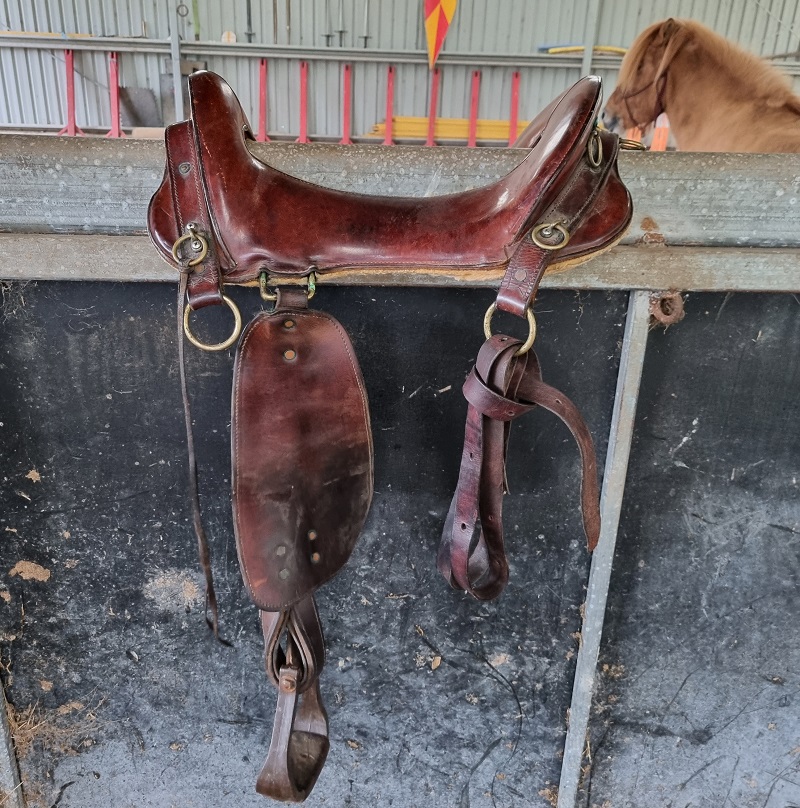
Fast forward to 2022, when I found (on Horse Deals, IIRC) a complete Pattern 25 German army saddle. It was reasonably priced and I couldn’t resist the temptation to actually own one. The irony of acquiring one in Australia wasn’t lost on me. Not long after, a friend gave me another bare tree, which I haven’t decided what to do with yet.

In early 2024, it transpired that our group, The King’s Horses decided to get involved with Light Horse Reenactment via the Ballan RSL. So we set out to acquire equipment, as all I had left from my previous stint in the LH was a hat and with a generous bunch of emu feathers, parts of an original LH bridle, and a military pelham. And as luck would have it, I found an original UP saddle fairly quickly and bought it.
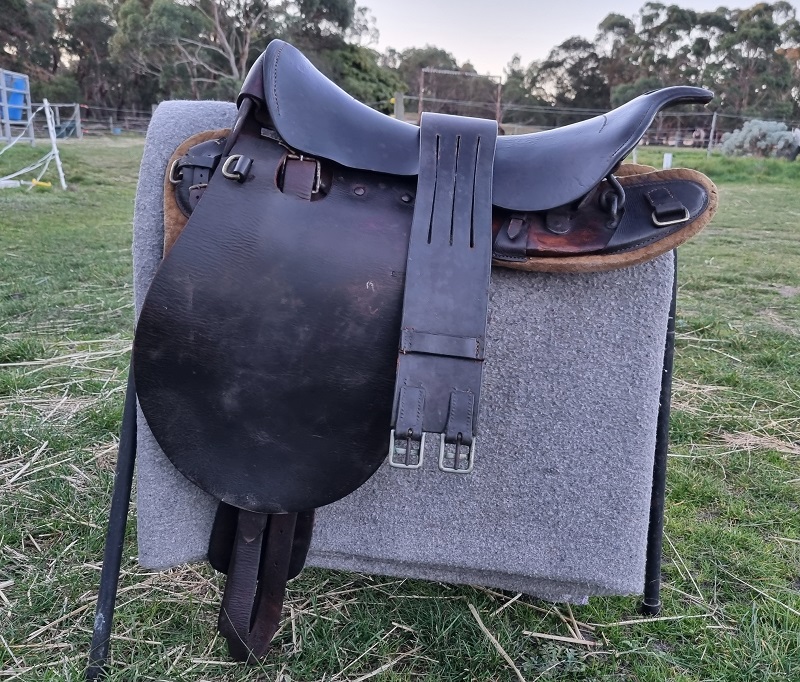
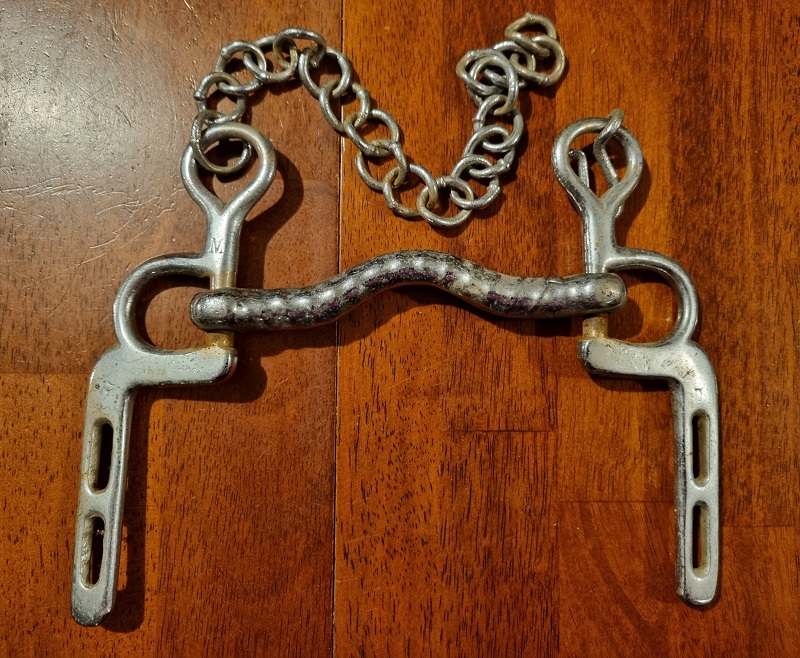
And just recently, while casually checking for interesting saddles on FB Marketplace, I came across another military saddle. My first guess was French, but a Google search for French military saddles yielded no results. My second guess was Swedish and I did in fact find descriptions and pictures matching the saddle I had seen. The seller confirmed that it had come to Australia via a Swedish family some time ago. So I am now the proud owner of a model 21 1918 Swedish military saddle as well.
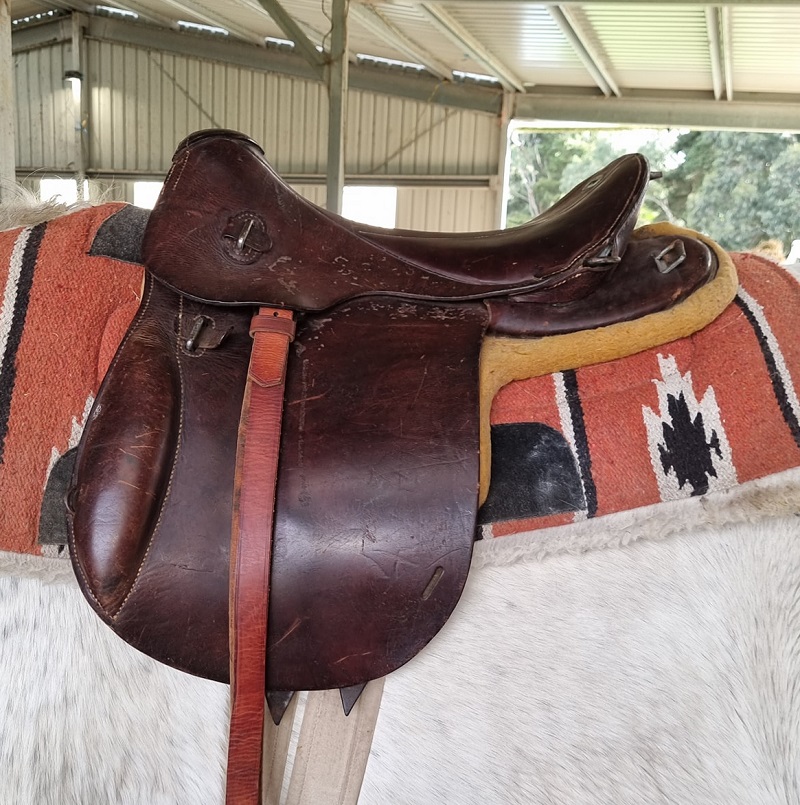
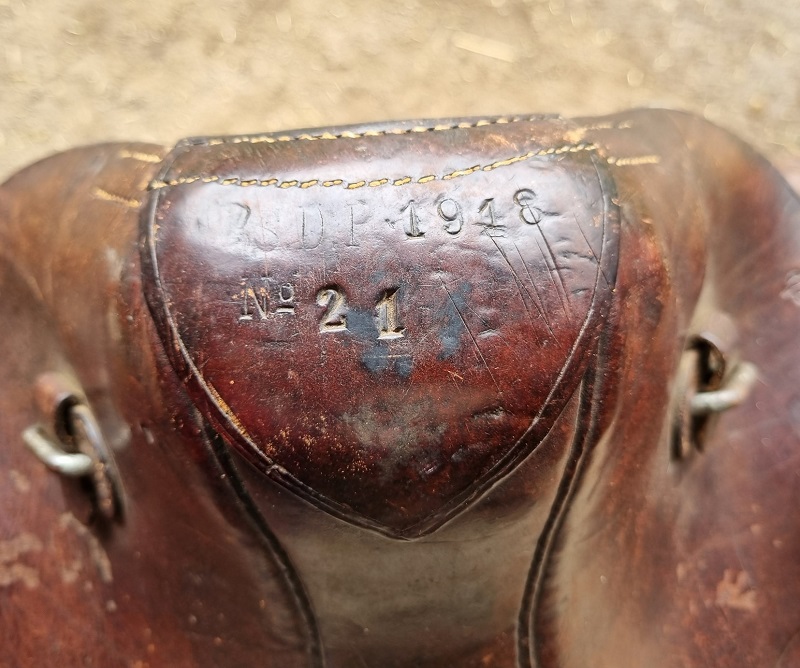
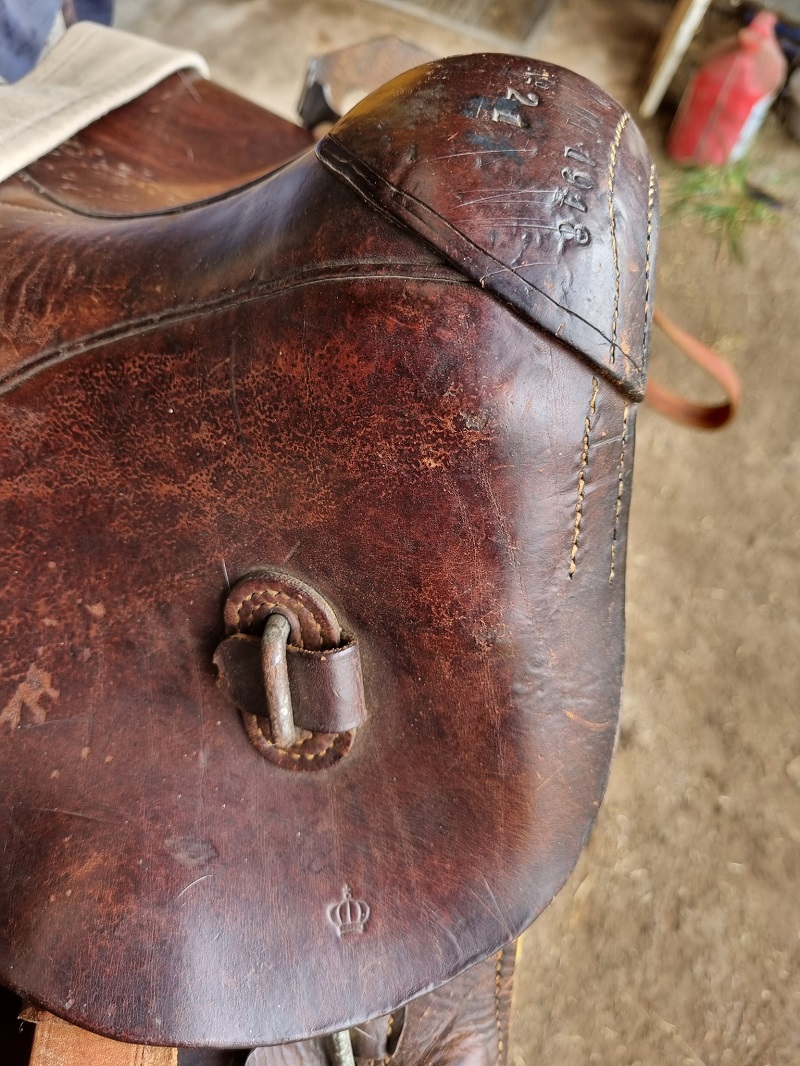
All these military saddles have some things in common: they are designed to fit a variety of horses and to provide a large bearing surface for the horse’s back to allow carrying a rider over long periods of time. They have a multitude of attachement points for packs and other items and they have some kind of adjustment to attempt to fit different horses. Lastly, they have a fairly high channel to provide ample clearance for the spine and provide some ventilation. Traditionally, they are used with a folded woollen blanket.

However, the answer to how to make them fit to various horse backs were solved in different fashions. The German saddle has padding, and the two examples I’ve personally felt were fairly firmly stuffed. The lining is made from linen and I am not sure what the stuffing is made from. The bars are not movable. There are three points on each side that provide options for a four buckle girth. It strikes me that the bars seem to be very straight (that is, with little longitudinal curvature).
The Swedish saddle only has two points, and the panels have very thick felt covers under the fixed wooden bars. The bars appear to be a little more curved than the ones on the German saddle.
The McClellan has fixed bars, that are covered in sheepskin, much like western saddles. They are a little bit more angled and curved than those on the two European saddles. The rigging is a V style which is basically like a centre fire setup with options to adjust.
The UP saddle has hinged bars, which is called a swivel tree. The longitudinal curvature of the bars is similar to the McClellan, but the angle of the bars will adjust to the horse due to the hinges that connect the front and rear arches with the wooden bars. I found that care has to be taken to rig the seat suspension up correctly to make this system work without causing the edges of the bars to cause issues. There is a also a fixed tree version of this saddle, and while I have seen one, I don’t own one.
The other difference is in the seat. The German and the Swedish saddle are very similar. They have steel arches front and back and the seat is hardened rawhide, suspended and laced to the arches and the bars. The leather seat is removable and attaches to the top of this construction via a couple of leather tabs.
The McClellan is a timber tree, where the rider actually sits on the bars. The gap between the bars is exposed. So the main difference here is that the seat is not suspended.
The UP saddle has an arrangement of woven straps that go from the front arch to the rear arch, and cross over, and another set of straps that don’t cross. Additionally, there are straps that go across between the bars and are laced to the tops of the flaps (which are attached to the bars). The order of the layers is important to give the correct angle of the bars, and the seat can be adjusted by tightening or loosening the lacing that attach the straps to the tree.
While my McClellan is not an original (unlike the other three saddles mentioned), it is very close to an original.
It is very interesting to see these saddles next to each other, and to ride in them. Each one was designed for a similar purposes, and therefore has similar elements. Yet each type has solved the problems that a military has to address in a different way. Some of those differences probably are due to the riding style, some are due to the type of horse that was used. And then of course these saddles are a descendant of military and civilian saddles that came before them.
The German saddle is from 1940, the Swedish saddle from 1918 and the Australian one from 1922.
